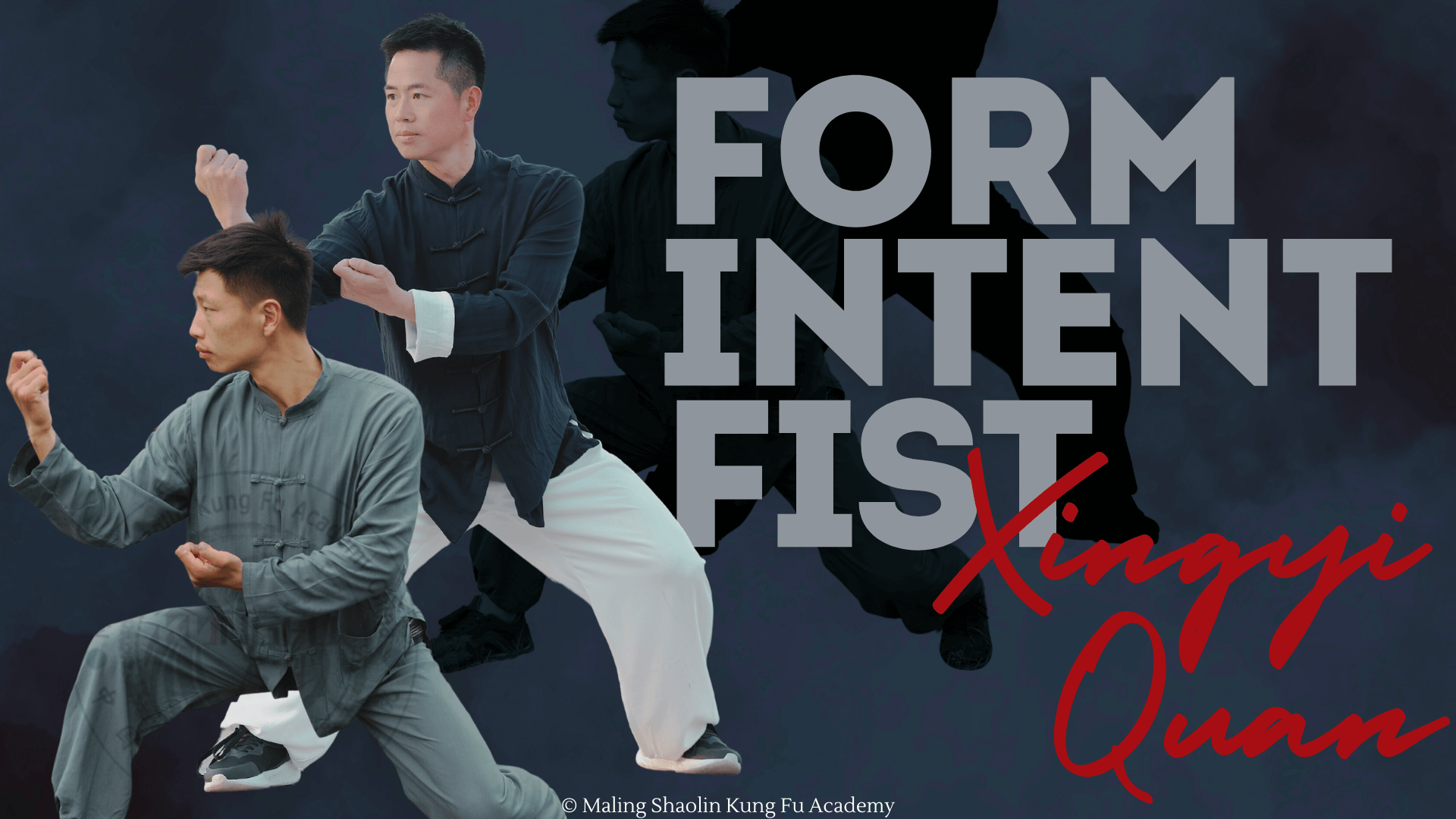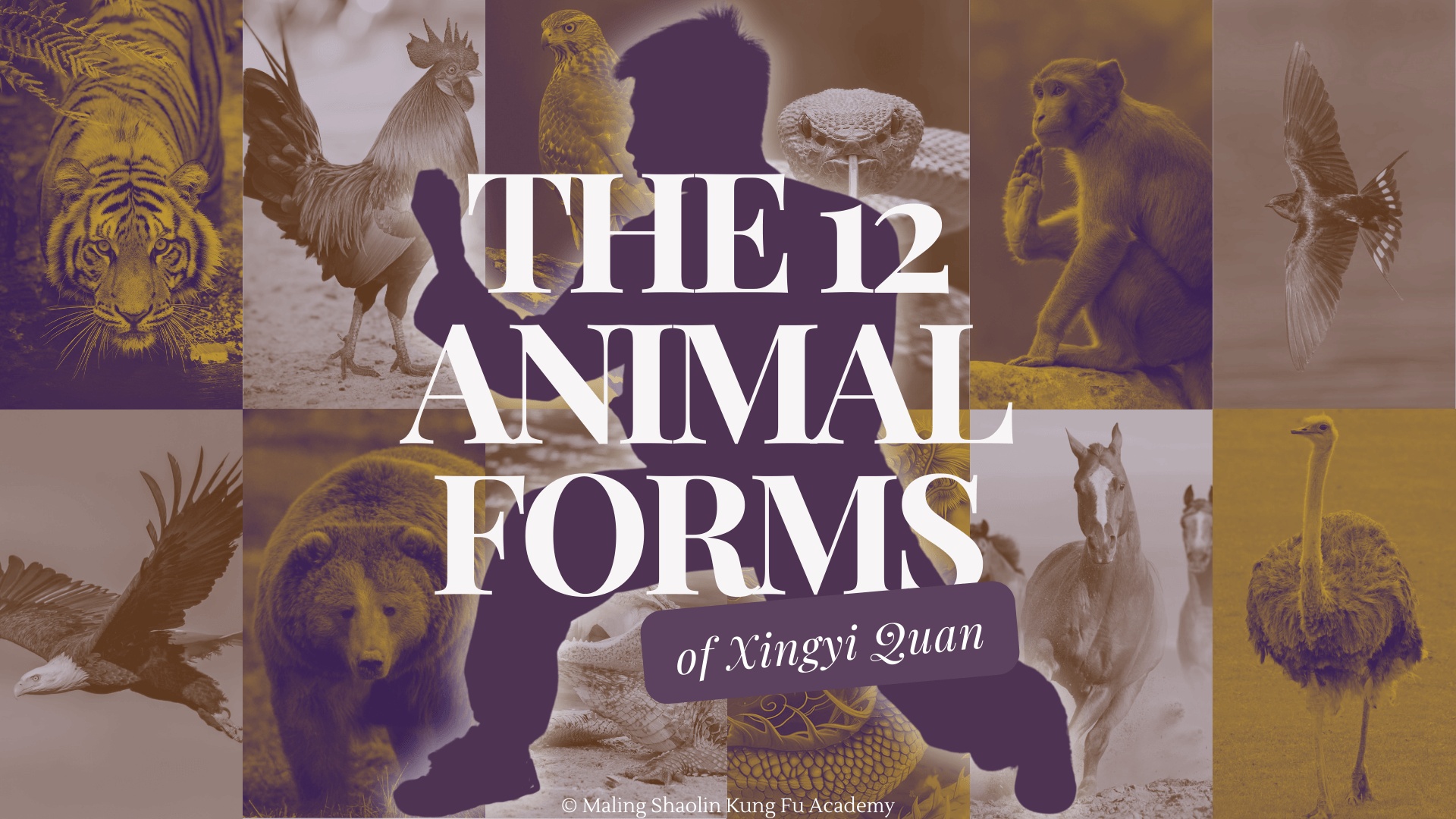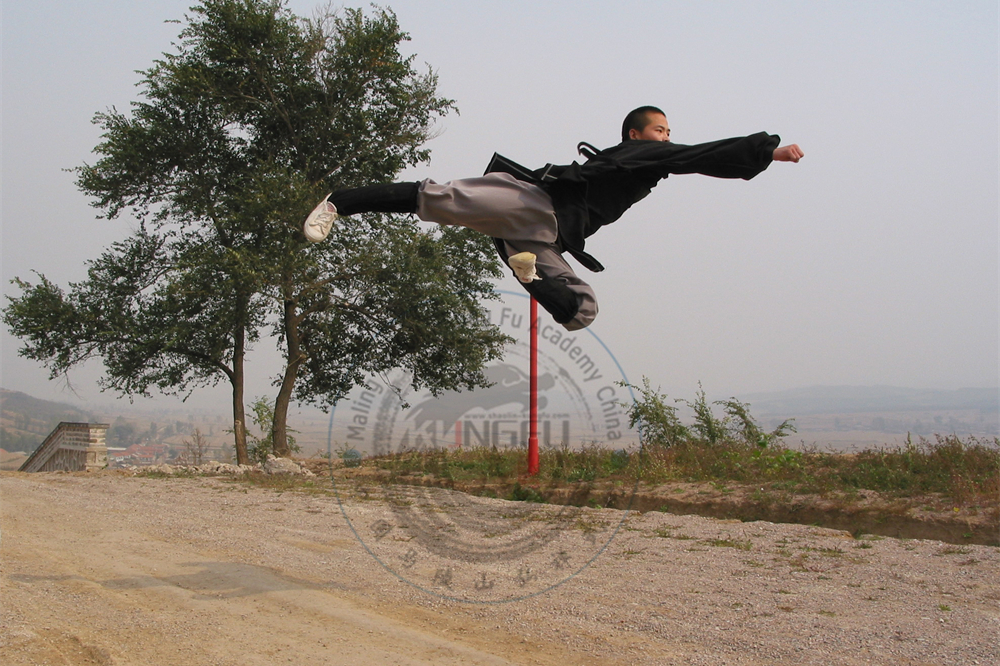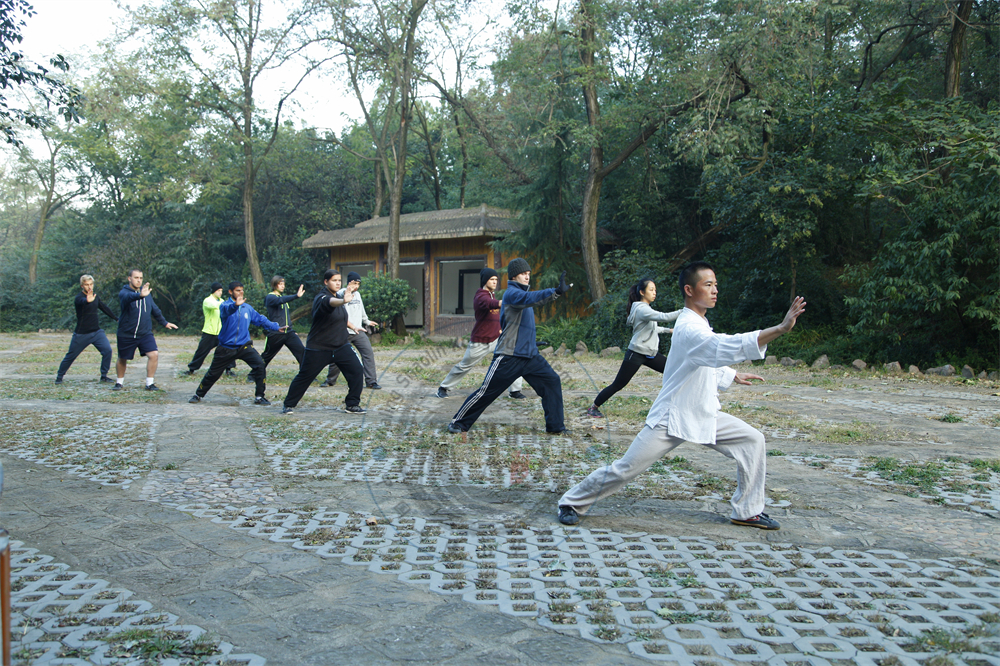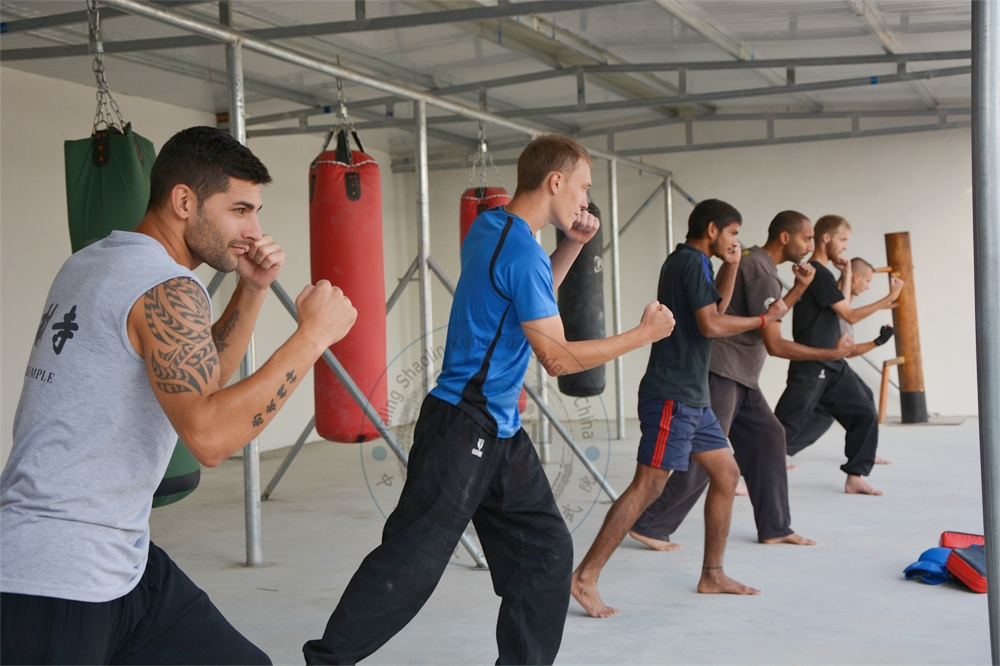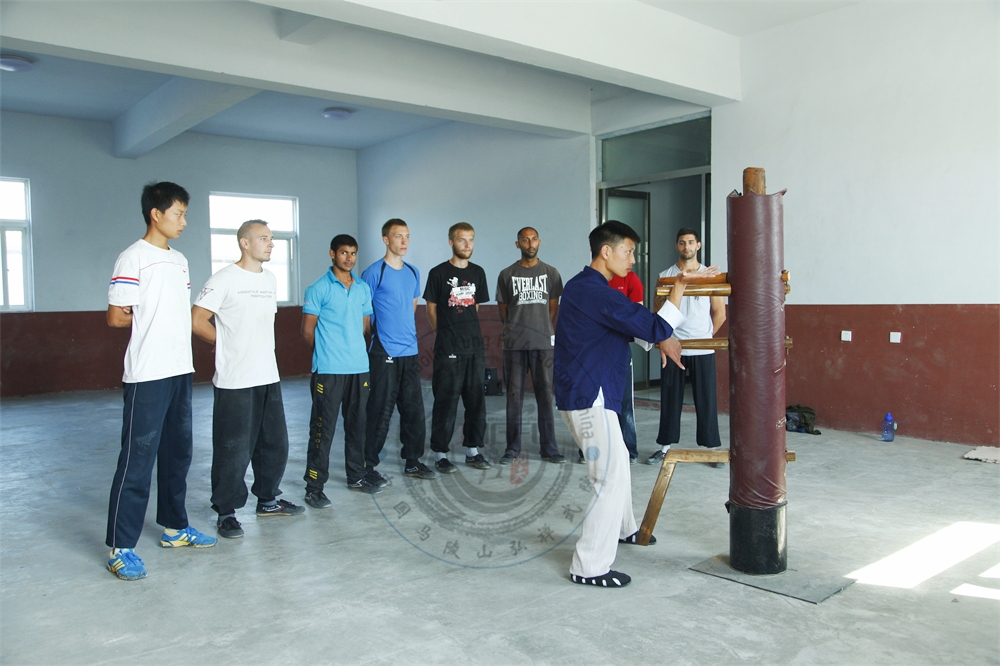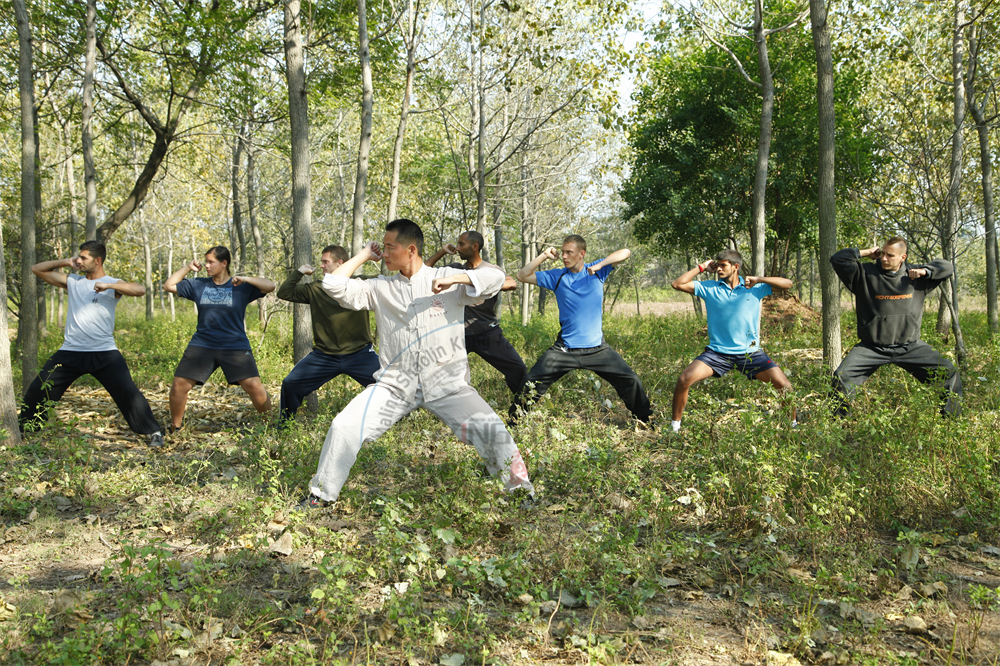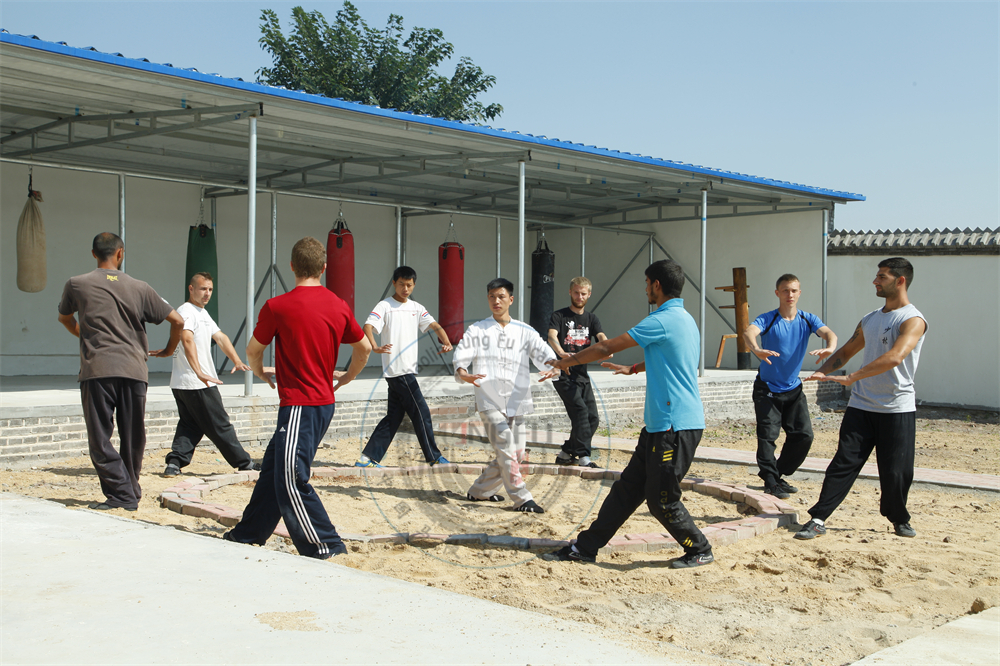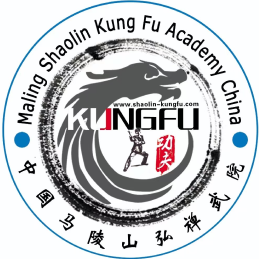Xingyi
A linear martial art emphasizing explosive power, direct attacks, and the use of the mind to control the body’s movements.
Xingyi, or Xingyi Quan, is one of the three major internal martial arts of China, alongside Taiji Quan and Bagua Zhang. Xingyi Quan, which translates to "Form-Intention Fist," emphasizes direct, linear movements and explosive power. It focuses on imitating the movements and characteristics of various animals, such as the dragon, tiger, and eagle. Xingyi is known for its simplicity and efficient strikes.
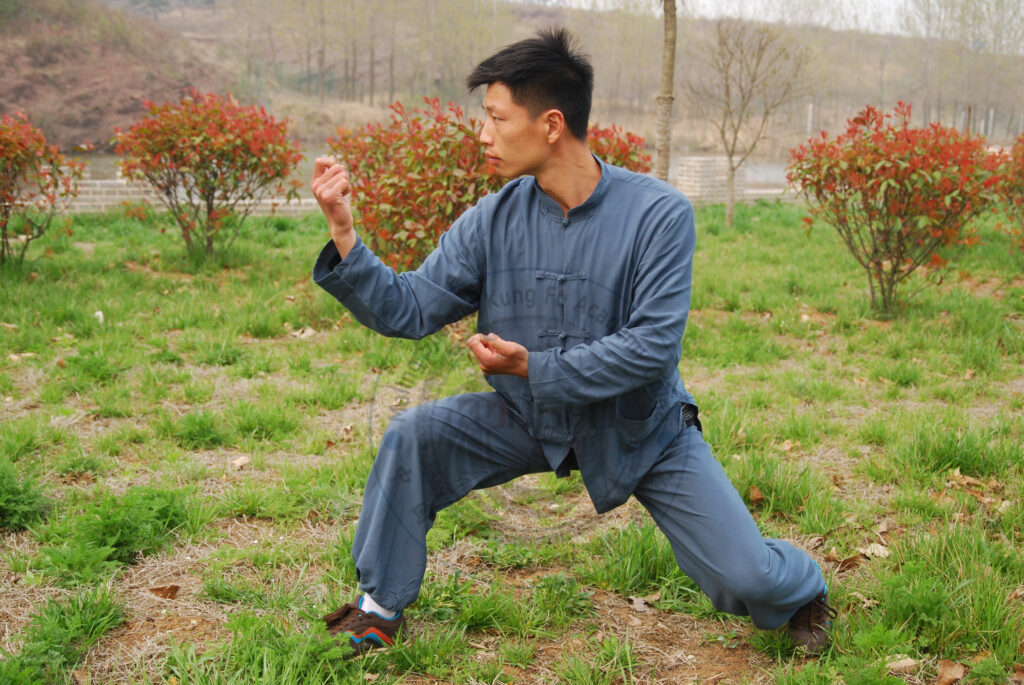
Xingyi Quan is traditionally attributed to Ji Jike (also known as Ji Longfeng), a military officer from the late Ming and early Qing dynasties. Legend has it that Ji Jike developed Xingyi Quan based on his profound understanding of spear techniques, which were essential for military combat. The martial art’s creation was heavily influenced by battlefield strategies, focusing on direct and efficient movements designed to incapacitate an opponent quickly. Over the centuries, Xingyi Quan evolved and spread across China, being adapted and refined by various masters who integrated their insights and regional influences.
Historically, Xingyi Quan was employed by military personnel for its practical combat applications, emphasizing the same principles used in wielding a spear—forward, linear attacks with focused power. This martial art has been passed down through generations, maintaining its relevance in both traditional training and modern self-defense practices. Notable practitioners, such as Li Luoneng and Sun Lutang, further popularized Xingyi Quan in the late 19th and early 20th centuries, integrating its techniques into their broader martial arts teachings. Today, Xingyi Quan continues to be respected for its effectiveness in combat, its rigorous training methods, and its deep connection to Chinese martial culture and philosophy.
Xingyi’s training is often rooted in the principles of the Five Elements (Wu Xing) and Twelve Animal Forms, each representing different aspects of combat strategy and energy dynamics. The core practice of Xingyi involves the development of structural alignment, internal power, and explosive force through repetitive practice of fundamental postures and forms. Practitioners aim to achieve a seamless integration of mind, body, and breath, which enhances their martial capabilities and overall health. Xingyi Quan is highly regarded for its practical application in self-defense, its effectiveness in building internal strength, and its deep philosophical underpinnings rooted in traditional Chinese thought.
Xingyi Classes
Related Academy Articles
Xingyi Quan (形意拳), often translated as "Form-Intent Fist," is one of the oldest and most revered internal martial arts in China. Known for its direct and explosive techniques, Xingyi emphasizes the unity of body and mind, aiming to harness the practitioner's intent (Yi) to manifest powerful movements (Xing).
Xingyi Quan, one of the three main internal Chinese martial arts, incorporates movements and strategies inspired by twelve animals. Each animal form embodies unique characteristics and fighting strategies, allowing practitioners to adapt to various combat scenarios.

